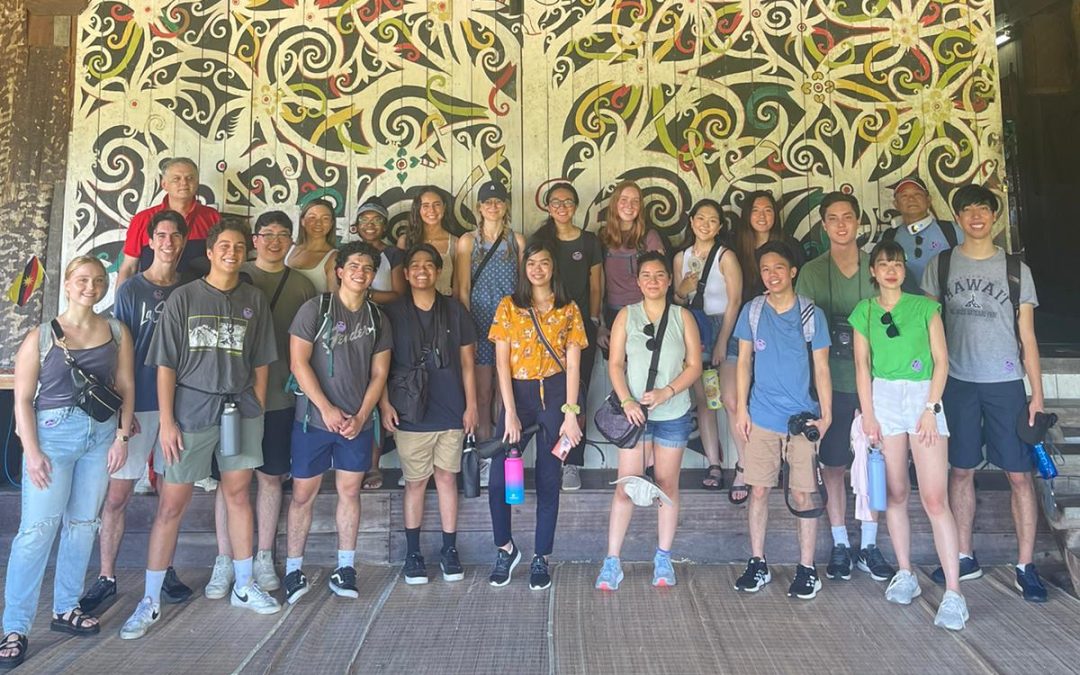During the summer of 2022, our Honors students (Classes of 2023 and 2024) were blessed with the opportunity to travel internationally since 2019. Immerse yourself into their journeys through the accounts of two of our juniors and seniors.
snapshot: an evening in Kuching
The boat is a plain, unimpressive thing; rickety and narrow, it looks especially small next to the larger, more commercialized ferries carrying groups of tourists across the Sarawak river.
It’s perfect for us. We pile inside the tail end of the ship—close enough to hear the engine roar. At first, we sit together. However, as the boat seems dangerously close to capsizing, we split in pairs on either side.
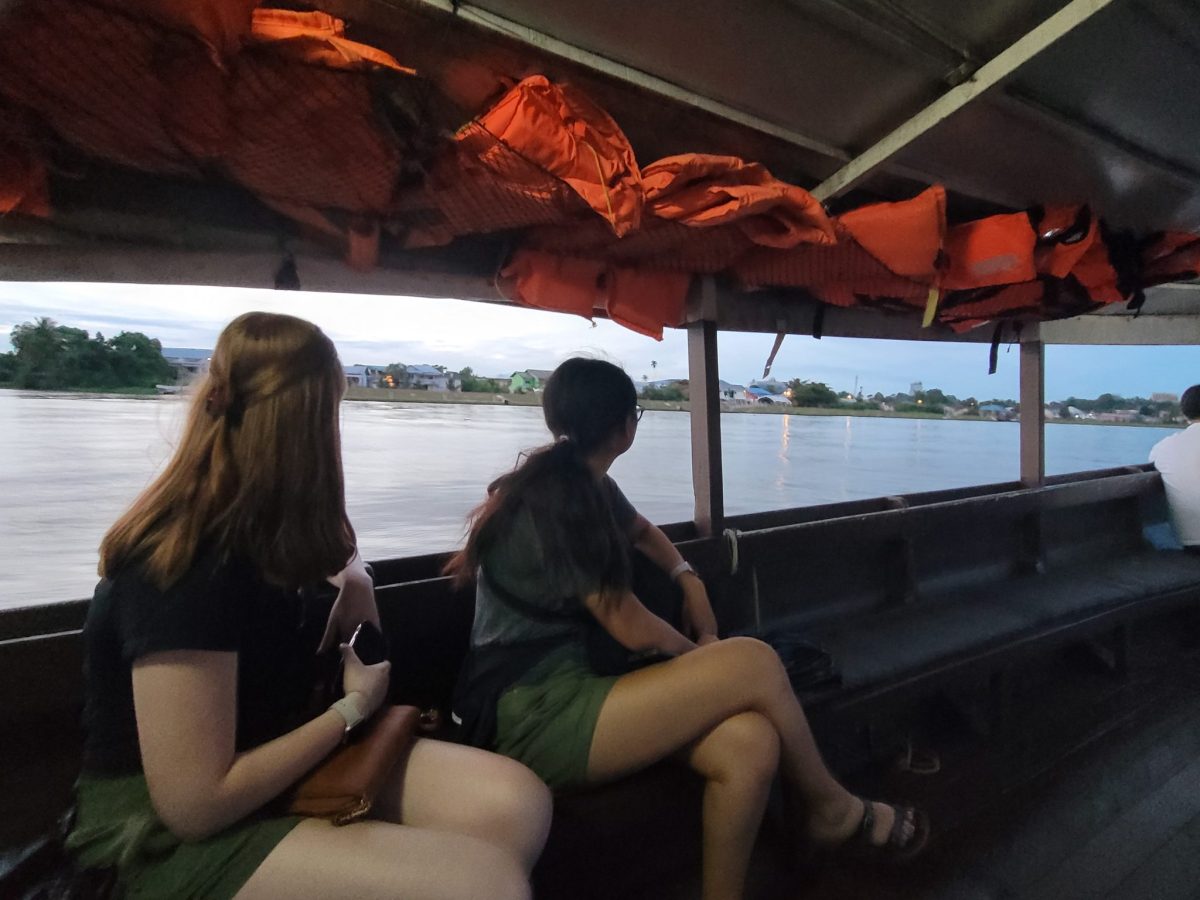
“This is going to be one of the best nights of the trip,” I predict, just as the boat takes off.
I’m right.
Our sunset boat ride is great. More than great. It’s terrific, wonderful, magical.
The waterfront flies by to our left, bustling with shops and people. To our right, a looming golden dome—the new building for the Sarawak State Assembly—towers over the city, though plenty of small local waterside homes and docks litter this less-developed side of the river.
Wind tousles our hair. There are few waves, although the occasional skid boat flies by and sends our boat rocking back and forth. Two rowboats pass us, each carrying at least ten intensely-concentrated men paddling at the water. Every so often, a ferry crosses paths with us; each time, I wave.
We break open the box of durian cakes. Noses wrinkle. Judgments are made, particularly by the two who haven’t tried the fruit before. Melissa makes a comment that I immediately share with my family: “It tastes like onion-y papaya.”
We all laugh. There’s a bit of chatter, but it eventually dies down as we’re engrossed in the views surrounding us.
To be clear, there is never an exact “sunset” moment during this trip.

Rather, one moment, the sky is painted in gold and orange and gray. The next, a deep cerulean reigns true, a rich and dreamy shade of blue that I thought only existed in Home Depot paint samples and pink-blue Old Navy advertisements.
It’s unreal. It’s picturesque. It’s like all the carefully-curated tourism videos come to life.
Against the backdrop of rich blue, the buildings along the riverbed stand out even more. Tall, white, and square hotels give way to more interesting buildings: a coral-pink mosque with a green-and-gold tipped minaret; a rickety dockyard with exposed metal scaffolding; an aged wooden jetty; the illuminated, twisting metal bridge that’ll play center stage in the light show we’ve been anticipating.
The reflections of all these buildings are scattered across the river water in abstract clusters of color. As night falls, the street lights flicker on. They’re bright, the brightest street lamps I’ve ever seen. Even across the water, they’re blinding, burning with the brilliant intensity I’ve only seen from the stadium lights in sporting arenas.
Blue gives way to endless black. We’ve circled around the west side of the waterfront, and the boat driver turns us around so we can explore the east side where the hotels are. By this time, our chatter has faded to a quiet hush. It’s silent, save the constant beat of the boat engine and the sound of water against wood.
Pitch-black.
There’s not a single star in the sky, though whether that’s because of the cloudy overcast or because of the light pollution remains in question. Previously a murky green-gray, the river is now as dark as the sky.
I snap a couple of pictures and study them.
The photos are split almost perfectly into two realms: sky and water, divided by the faintly-illuminated border that is land.
Magical, I think, not for the first time tonight.
The hour-long boat ride passes by. Not quickly, but not slowly. Just right.
We slip a couple of bills into the tips jar as we wobble off the boat. The wood of the dock creaks under our feet. As we make our way back up to the paved walkway, all four of us exchange high fives.
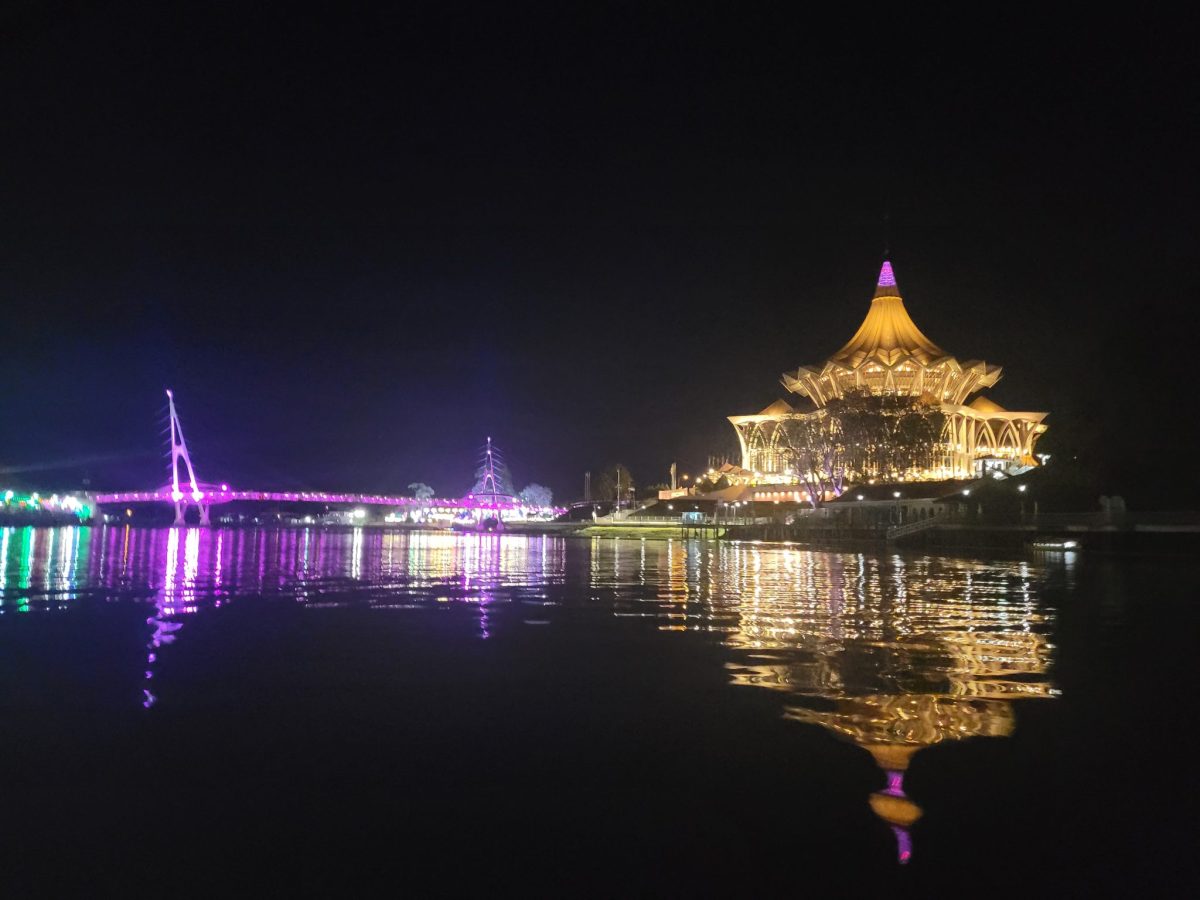
“Good call,” we agree in unison. “Really good call.”
The walkway has come alive over the hour we spent on the river. Some street peddlers are waving around balloons strung up with LED lights that glitter like stars in the darkness.
I gesture at the stand. “At Disneyland, those would cost twenty bucks. How much do you figure they sell for here?”
“Ten,” Fiona says, and she pauses. “Ringgit.”
We sigh in unison. The prices back home will be a hard pill to swallow after the end of our vacation. We don’t dwell on the thought long, however, with the liveliness of the walkway overpowering any negativity.
The night air is crisp, cold, and fresh. For the most part, it chases away the humidity that clings to the city during the day. Children are everywhere. A little girl, wearing a pink heart-patterned head covering, dashes past us and begs her parents for a candied snack. Further down the path is another cute sight: a little boy, absolutely petrified at the sight of a Bumblebee cosplayer breakdancing. Couples, both young and old, pass by us while swinging their interlaced hands back and forth. Groups of schoolboys roar with laughter as they attempt to take funny selfies.
I pull open my Google Maps app again. Earlier in the day, the tour guide had recommended “gula apong,” a special term for Malaysian ice cream topped with palm sugar. I’d bookmarked the closest high-rated location I could find.
It’s a twelve-minute walk from the bridge. We cross the street using our tried-and-trusted jaywalking method so we’re walking along the sidewalk parallel to the waterfront. Most shops along this side of the road are closed, meaning we can turn our full attention to the true enemy of the night: the small, elevated steps along the street. I’m still not sure what possessed the architects of the city to make so many little steps everywhere, but we almost trip several times over the course of our journey to the ice cream shop.
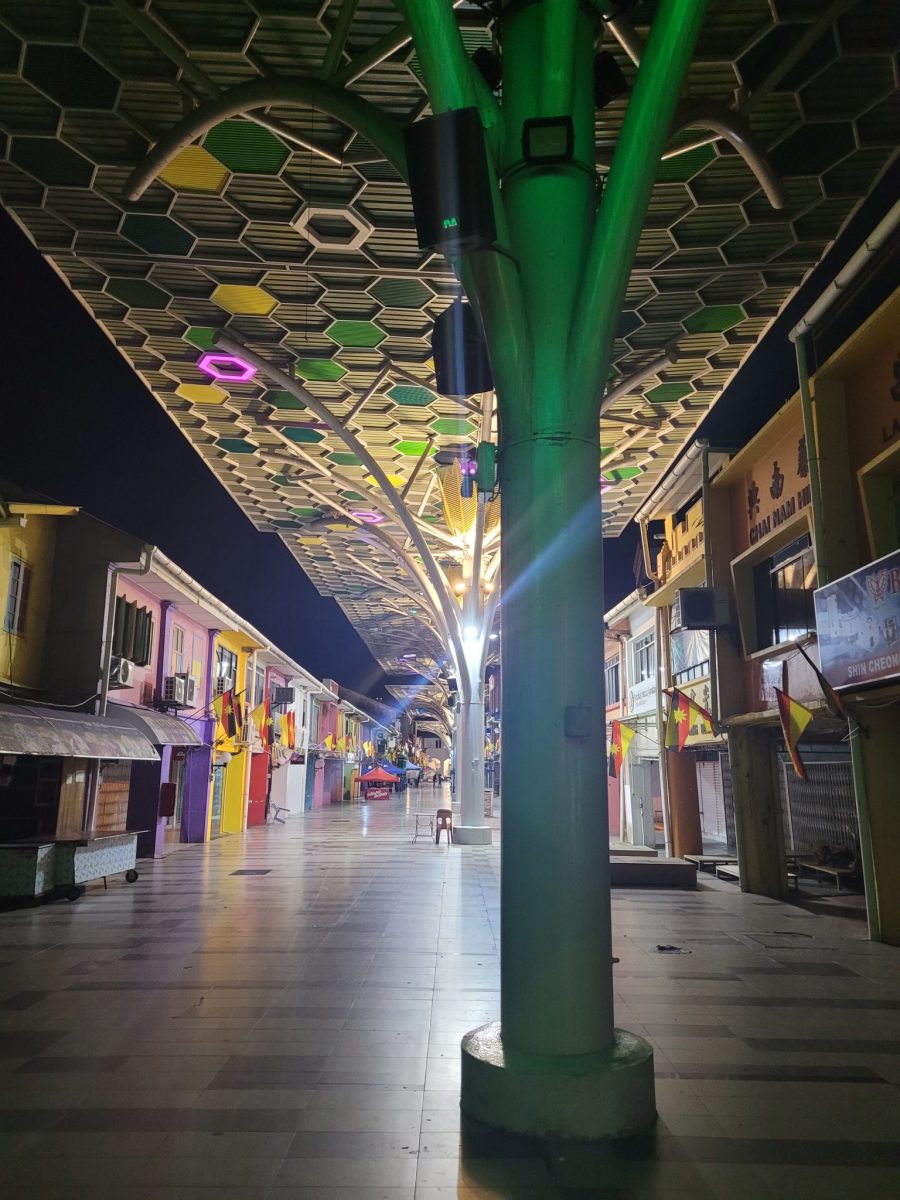
We pass by several interesting sights, like a gilded mosque with a prayer echoing down from the minaret. I stop and take a video of the deserted Indian shopping bazaar, gorgeous even without people. Fiona whips out her analog camera and sacrifices one of her thirty-six shots for a wall of hanging planters, made from plastic bottles with their tops sawed off.
Finally, we arrive at what must be a small local food market. A few of the stalls are still open, and a good fifteen or so locals are scattered about the plastic tables, relaxing with small refreshments after a day’s hard work. The ice cream stall is easy to find, framed with blue and pink neon signs that stand out at night. A middle-aged husband and wife pair appear to run it. Beyond delighted to introduce us to the dish, they welcome us kindly.
Within two minutes, we’re armed with cups of the only flavor the stall has available—pandan—and we hurry back to the waterfront to catch the light show. The trip back goes faster, probably because we’re not making stops every two seconds. Once back, we make ourselves comfortable on one of the steps leading down to the river. It’s directly across from the main administrative building, just feet away from the bridge. As we wait for the light show to start, we attack our ice cream and watch (with a mixture of fascination and horror) a bug-eyed character we don’t recognize dance to a boombox.
It smells faintly like smoke. On my right, a woman wearing a beige head covering dangles a cigarette between her fingertips, using her free hand to zip up a man in a dragon costume. When his costume is secured, the man slips on his oversized dragon head and joins his fellow cosplayer in freestyling.
That little glimpse into the behind-the-scenes workings of street entertainers makes me appreciate it more. I’ve already slipped several ringgit (Malaysian currency) into the donation boxes of several musicians, but I dig out a few more bills to keep in my pocket on the way back.
Music leaks from the loudspeakers—rhythmic drums, tinkling bells. The water comes to life, the story of Malaysia projected onto a fan of water that must be at least 20 feet high. We recognize some of the sights from the Sarawak Cultural Village we had visited before.

Sitting there, pandan ice cream in my hands, I think about how rich this city is. Not in terms of wealth (though there certainly are affluent parts in Kuching), but in personality. In life. In culture.
Throughout the day, as we toured the city, the four of us had been tossing out little comparisons to back home. For example, Santa Monica’s walkable pier—so lively at night—feels almost like Kuching’s river walk.
But there is something distinctly colorful about this city and its people.
The street vendors, the scent of spices, the small dinghies lining the river, the woven baskets hanging from shops’ ceilings—all of these little details distinguish Kuching from home.
The light show finishes with a Malay song. Its strong beat reminds me a little bit of a Latin club song. It’s lovely. The contrast between its modern beat and the more traditional warbling tune from earlier feels almost perfect for the city: tradition and modernity, past and new blended as one.
It’d be nice if the following weeks can be as great as these first days have been, I think. They were.
— Amber Huynh (Biomedical Sciences, Class of 2024)
Malaysia and Singapore: A Photo Essay
At the beginning of the trip, I was wide-eyed and excited to see a new part of the world and travel with some of my closest friends. But, nonetheless, I was narrow-minded.
After visiting six cities, taking five plane rides, taking 400 photos, visiting three types of houses of worship, trying two new fruits, and experiencing one grand adventure, I definitely learned a few lessons. I learned about economic disparities between countries and buying power, experienced syncretism from both Western and Eastern influences, and how to appreciate other cultures and especially their religions. Malaysia and Singapore left me with the feeling that there was more to experience in life. There are more people to meet than those in my close circle. I had a newfound appreciation and closeness with the friends I went into and came out of the trip with. The trip taught me that the world has more to look forward to than fear that comes from naiveté. As the trip ended, I would say that I ultimately gained a new, open-minded perspective and that my eyes were ready to close for some much needed rest after a long, three week trip.
Places Visited: LAX, Kaula Lumpur Airport, Kuching, Penang, Kuala Lumpur, Malacca, Johor Bahru, Singapore


































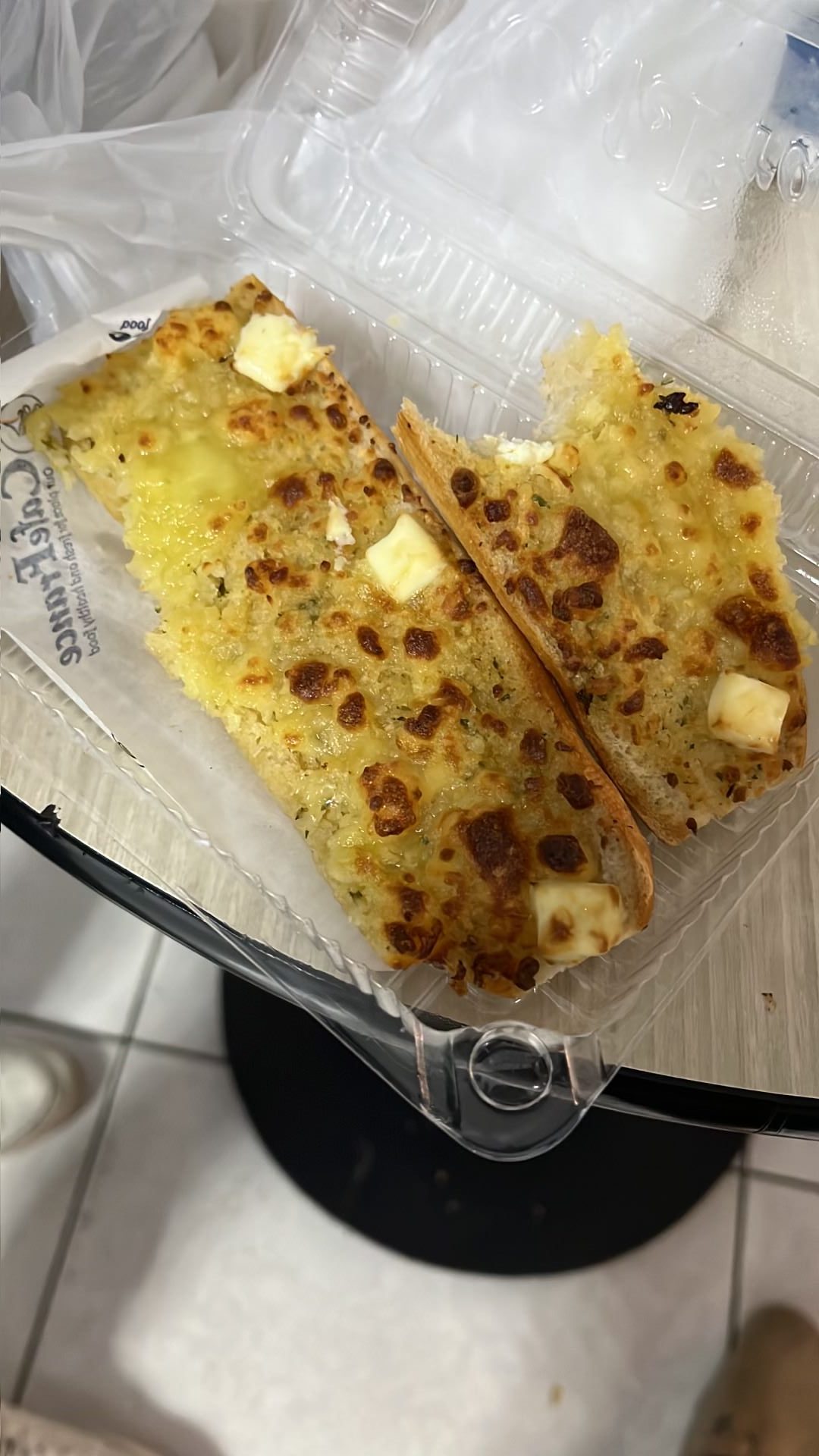
— Isaac Estrada (Biomedical Science, Class of 2023)

